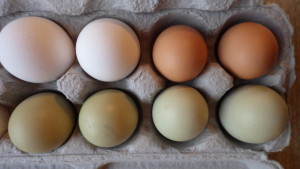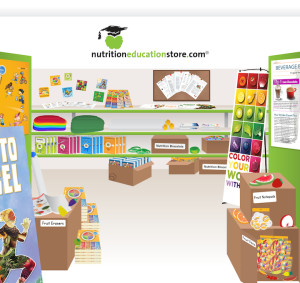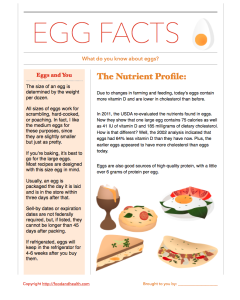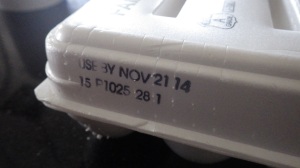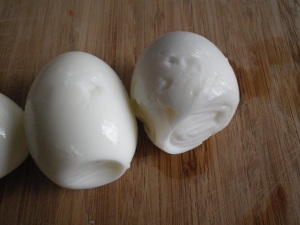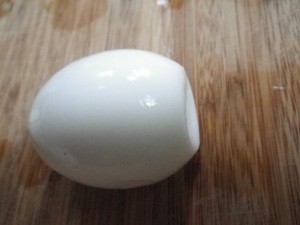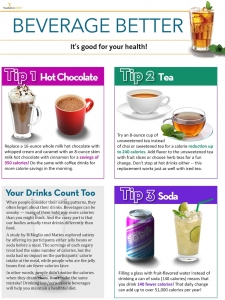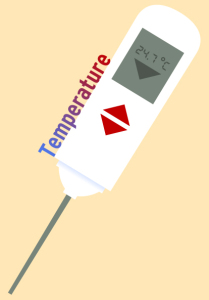I think we all know the routine. When you go to the store, reach to the back of the cooler to get the coldest milk or the yogurt with the most recent date. This practice helps assure us that the refrigerated products we’re getting are the freshest possible and will last the longest once we get them home.
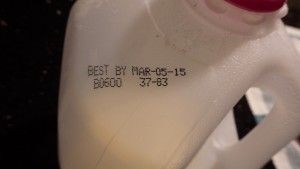 I was watching a grocery store worker last week, and he was pulling all the dairy foods that were at or close to their sell-by dates. He was going to put the ones that were only close to the “sell by” date on sale.
I was watching a grocery store worker last week, and he was pulling all the dairy foods that were at or close to their sell-by dates. He was going to put the ones that were only close to the “sell by” date on sale.
Fresh refrigerated products like milk, meats, fish, and poultry are perishable and most have “sell by” dates. Stores must sell these products by the printed dates or discard them.
Packages frequently have words like “best by” or “use by” on them. Note that they don’t say “do not eat“ after this date. Those dates are provided by the food manufacturers as a way for you to judge the quality and freshness of the product. Putting these dates on packages is entirely at the discretion of the manufacturer. After all, they would like you to eat their food when it is at its best. This is not necessarily a food safety date.
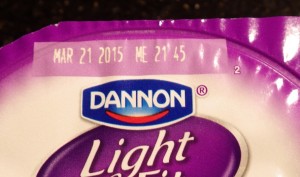 “Sell by” dates should be taken seriously, especially with fresh items. Make an effort to use the foods close to this date. However, these “sell by” dates do not mean that the food in your refrigerator needs to be destroyed after this date.
“Sell by” dates should be taken seriously, especially with fresh items. Make an effort to use the foods close to this date. However, these “sell by” dates do not mean that the food in your refrigerator needs to be destroyed after this date.
Depending on how the product has been stored, the food may have become unsafe before the “use by” date. How many times have you had a carton of milk that went bad before the expiration date? If someone left it sitting out on the counter or if the milk sat in a hot car trunk for longer than you planned on the way home from the store, then that milk may actually go bad sooner.
Alternatively, the product may stay in good condition for long after the date on the package. Milk (if properly stored) will keep for 4-7 days beyond the “sell by” date. Yogurt makers assert that their yogurts will keep for roughly a week to 10 days after the “sell by” date has passed.
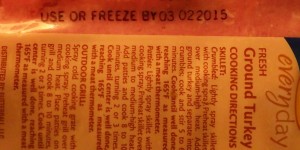 The best thing to do is to use these dates as a guide to the age of a product.
The best thing to do is to use these dates as a guide to the age of a product.
Here are some key points to remember, especially with perishable refrigerated items…
- For the freshest product, buy the “youngest” products available.
- Keep these foods refrigerated. Store coolers in your car to keep the food as cold as possible before it gets home.
- Refrigerate the food immediately once you get home.
- Freeze perishable foods if you’re unable to eat them within a reasonable amount of time.
Obviously if the food has an off odor, flavor or appearance, pitch it.
By Cheryle Jones Syracuse, MS, Professor Emeritus at The Ohio State University
Here’s a free handout with the highlights from this post. Get your copy today!
And here are some more great resources for healthful shopping!
We want you to look your best, so please let us know if there’s anything you need.



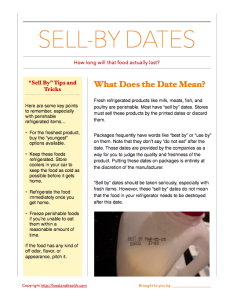



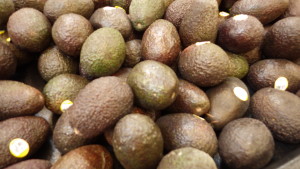
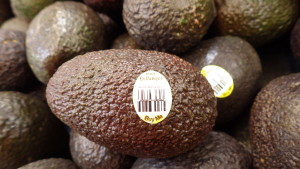
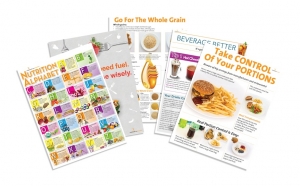

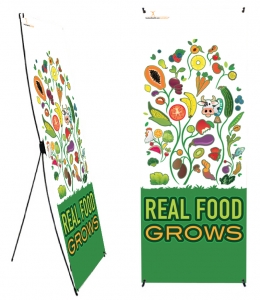
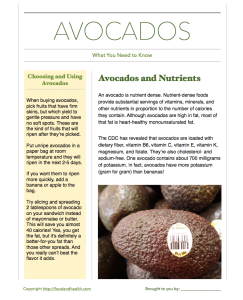
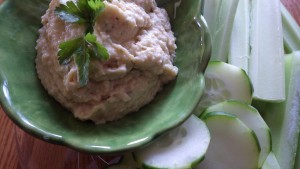
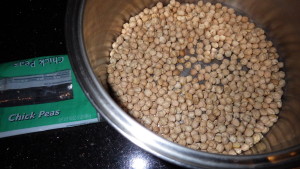
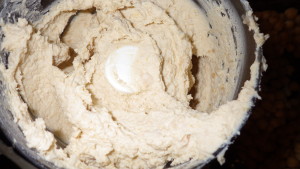

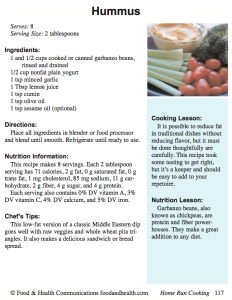
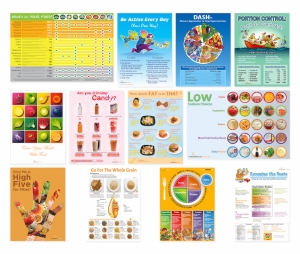

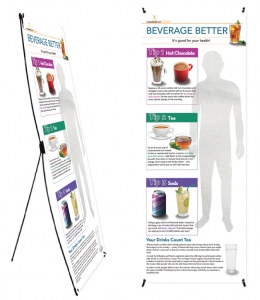
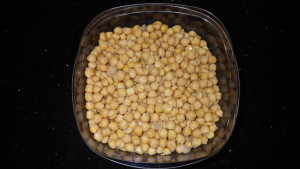
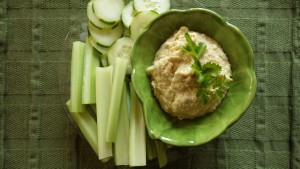
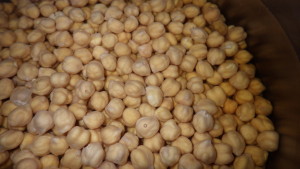
 But how can you make chickpeas a part of your diet?
But how can you make chickpeas a part of your diet? Greek Pasta Salad
Greek Pasta Salad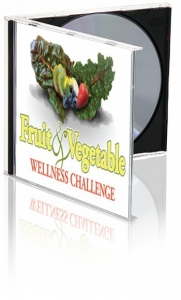
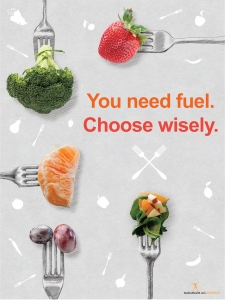


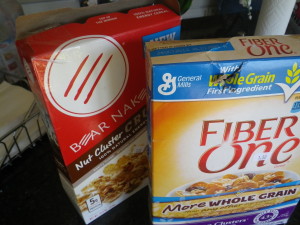

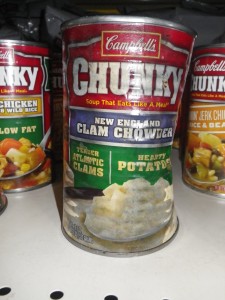
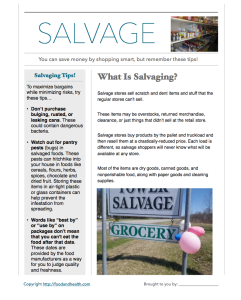

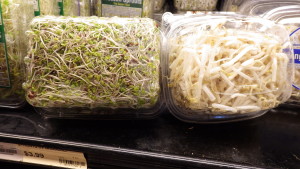

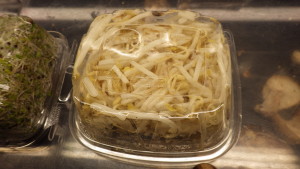
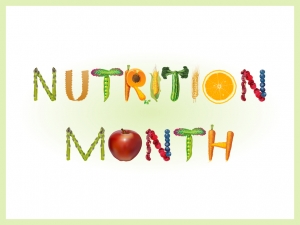



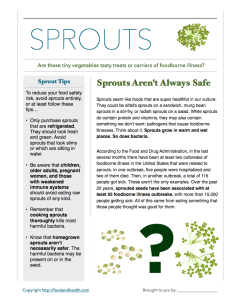

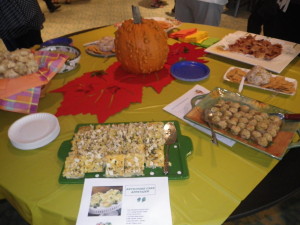

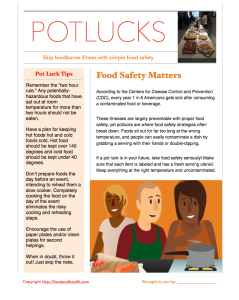
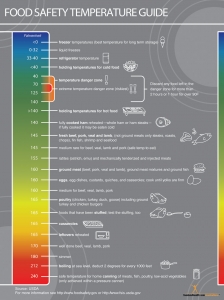



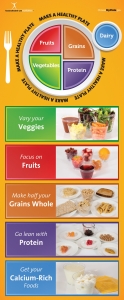
 The options are many. Do you want large eggs or medium? Are some really more nutritious than others? Or what about the low-cholesterol egg substitutes? Choices, choices, choices.
The options are many. Do you want large eggs or medium? Are some really more nutritious than others? Or what about the low-cholesterol egg substitutes? Choices, choices, choices.